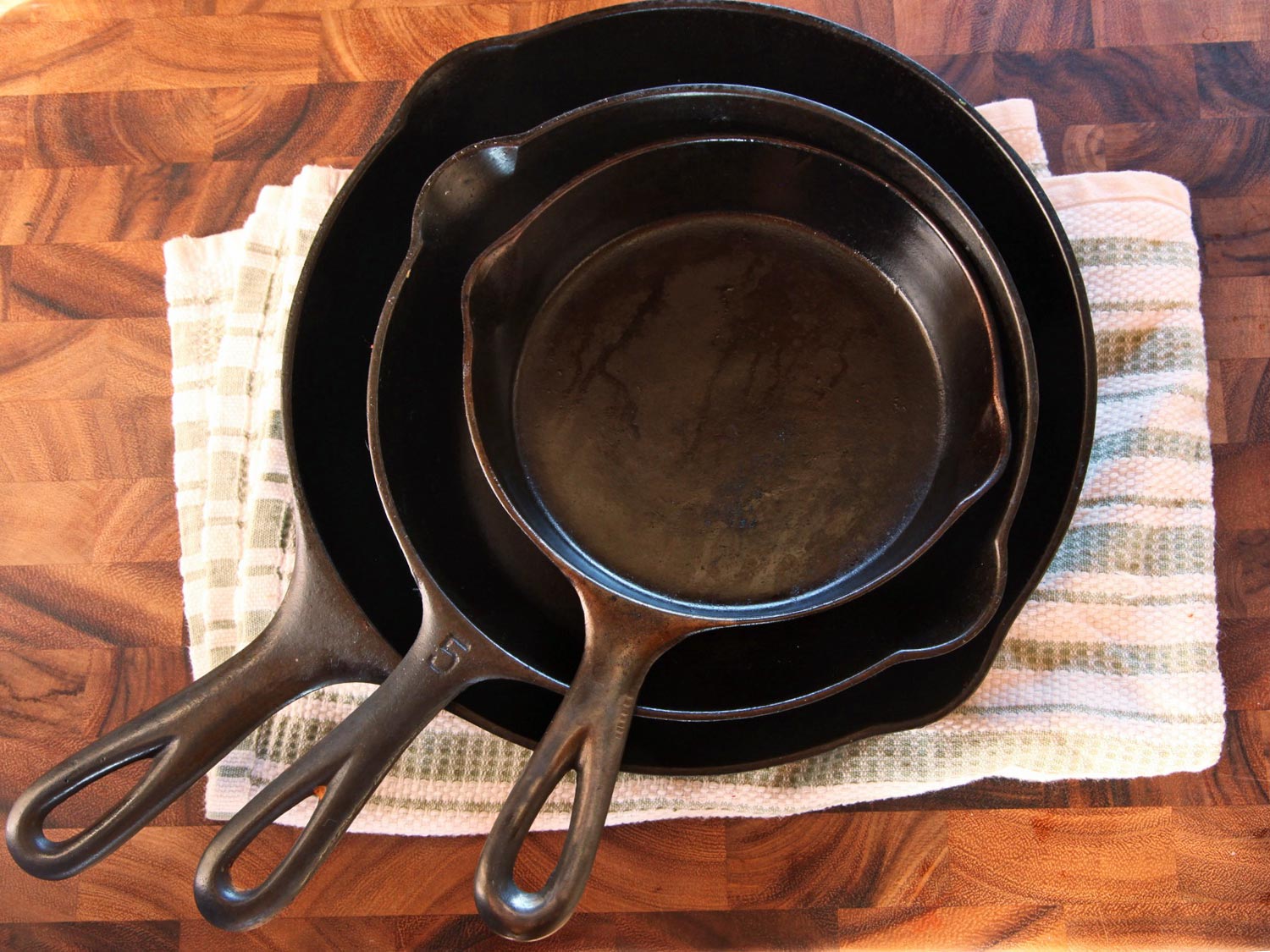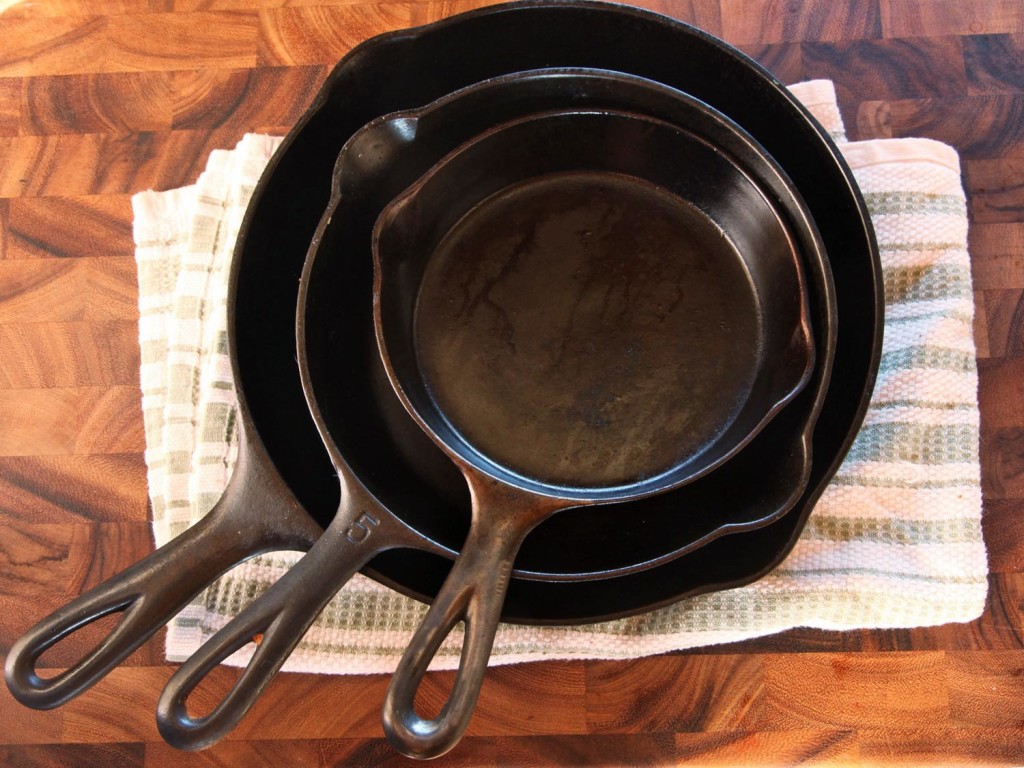Contemporary chefs and general food lovers have no shortage of choices when it comes to cookware, but cast iron pots and pans are earning their way back to the center of the kitchen stage in a huge way. In fact, these old-fashioned staples might just be the only cookware you truly need in your kitchen.

Even Small Versions Have Big Advantages
Cast iron pots and pans, such as those from www.bedbathandbeyond.com, are incredibly durable. Although you want to be gentle with metal utensils and scouring pads, sticking to wooden or rubber tools when you can, a properly prepared piece of cookware should have a seasoning that’s thick and strong enough to stand up to a the occasional run from a stainless steel spatula. The seasoning adds non-stick qualities to some degree, too, meaning you shouldn’t have to be scraping super hard, anyway. In fact, cast iron pots and pans hold up so well you still can find “originals” in antique shops or other venues that are more than half a century old.
Cast iron pots and pans also are highly versatile. They’re suitable for everything from steak to frittatas or cornbread. They can move from stovetop to oven with ease, and they’re perfect for off-the-grid cooking, such as preparing a meal over a campfire. The versatility of cast iron typically enables people to reduce the number of pots and pans they have to store, reducing kitchen clutter.
A less talked-about advantage of cast iron cookware is energy efficiency. Although it’s a myth that cast iron cooks perfectly evenly (hot spots appear where heating elements or flame makes direct contact), the material is wonderful at maintaining temperature. Once you’ve got it hot enough for your recipe, you can back off the burner a bit. Additionally, heat radiates from cast iron well, meaning that you’re able to cook food that isn’t in direct contact with the surface of the cookware.
Using and Maintaining Your Cast Iron Cookware
In general, cast iron is ideal for frying and sautéing–eggs, steaks, chicken and hash browns all were made for this type of cookware. The ability to hold heat also allows you to try other fare, however, such as stir-fry or crunchy, oven-roasted vegetables. Leave more delicate or acidic foods, such as fish or tomato sauce, to other pans. Additionally, remember that cast iron will take on the flavor of what you cook in it. It can be handy to have multiple pans for this reason.
Avoid extreme temperature changes with cast iron, which can cause cracks. Additionally, moisture is not the friend of cast iron, so don’t soak it, and make sure to dry it thoroughly after washing. A tiny bit of soap is fine when scrubbing your cookware out. Some experts say you do not need to season your pan again after each use, but it doesn’t hurt. To do this, heat the pan on low on the stove until it’s hot. Rub a small amount of oil all over the pan with a paper towel. Let the pan cool and you’re all set!
The Verdict
Cast iron cookware might seem old-fashioned, but its versatility, durability and energy efficiency fit seamlessly into today’s culinary needs. Once you know how to work with it, this type of pot or pan will more than pay for itself over time, delivering a host of tasty meals and treats.
Kevin George earns a living as a home designer and likes to provide tips and suggestions for all the furnishing and accessories you might need to make your house a home. He is a frequent writer for a variety of relevant websites.
